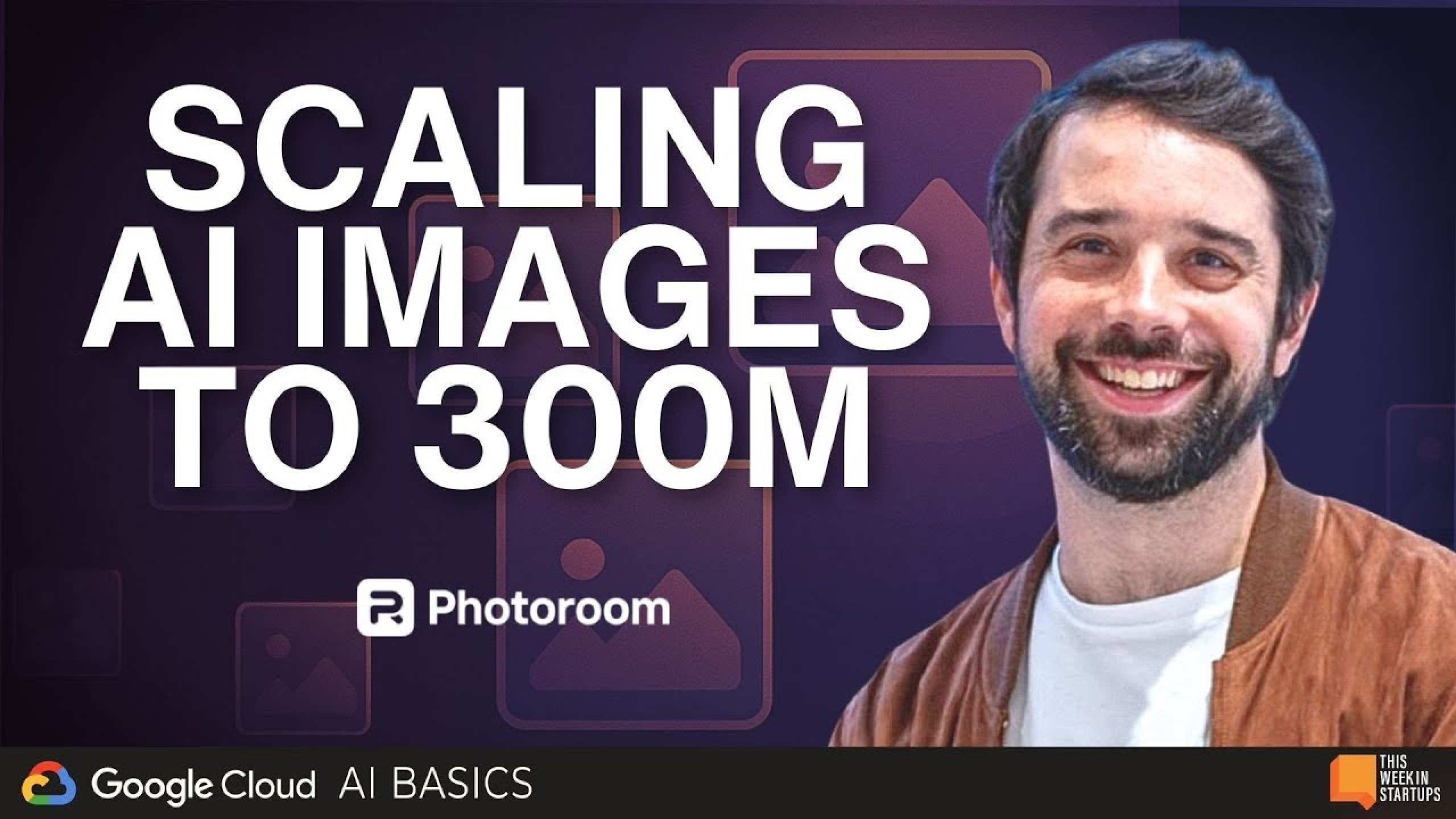From the Alps to AI: How Photoroom can cut your carbon footprint

"For an image like this, we would have flown to the Alps to take this picture"
- A Photoroom enterprise customer
Delivering on-brand stunning sceneries for products becomes possible with less impact on the planet thanks to Photoroom.
Over the past three years, we've become the world's leading AI photo editing platform, transforming how hundreds of thousands of entrepreneurs and businesses market their products. Our mission is to elevate businesses through amazing photography.
Along the way, we've identified an impactful benefit for our customers: beyond selling more, there are environmental benefits of using digital editing over traditional photoshoots.
Save that flight to the Alps
A recent study reveals that the carbon dioxide equivalent emitted from creating an image with AI is significantly lower, ranging from 310 to 2900 times less, than the emissions associated with human-led photo production. We see evidence of this playing out within our user community, who are increasingly sharing stories and real-world use cases with us.
Wade Jackson, Brand Manager at GlamaCo, a beauty trade superstore, shared how AI has changed their entire approach to product photography, resulting in a more streamlined approach. “We used to have a 30-page photo guide and studio lighting and send the editing work to India, but now it's just so easy to use Photoroom,” he said.
One of our Enterprise customers told us they used to travel to the Alps to take pictures of their products, but now they produce similar, high-quality mountain scenes in seconds using Photoroom. This change has significantly minimized their team's carbon footprint, considering that the air travel industry is one of the biggest polluters on the planet.
While easier photo creation through AI might lead to a rebound effect, where people produce more images than before, this potential increase in energy consumption is relatively small compared to the number of saved flights to the Alps. The overall environmental impact remains substantially reduced, highlighting the efficiency and sustainability of AI-driven photo creation.
Not only do marketing and creative costs for our users decrease, impact on the environment also decreases.
Empowering the circular economy
When we first launched, global resellers were among the earliest customers to use Photoroom and adapt their creative strategies with AI. We felt strongly about finding ways to support platforms like Selency, Listperfectly, and Goodwill and their commitment to boosting the circular economy, so our partnerships with resellers became a high priority. Photoroom now serves hundreds of thousands of resellers around the world.
We developed our specialist AI models to be faster, and to consume less energy than generalist AI image generation models, providing our resellers with streamlined efficiencies. Those now using our AI digital editing tools in their processes have experienced increased efficiency and higher revenue.
"Even though buyers are purchasing second-hand products, there is still an expectation that the items they're buying will be of good quality" - Ashley Peek, a top seller at Poshmark, who boosted revenue by 45x with high-quality photos."

"Photoroom API made images go from 24/48h of editing through a studio to being listed near real-time."—Vincent Paulin, CTO at Selency marketplace, who reduced listing time by more than 200x.

Photoroom and sustainability in AI
“By making our models faster, we enhance user experience, reduce GPU costs and reduce our environmental impact.” - Ben Lefaudeux, head of AI at Photoroom
From day one, Photoroom's DNA has been shaped by our user-centric, mobile-first approach. Our commitment to developing innovative architectures and efficient optimizations enables us to craft optimal AI models that still deliver high-quality images.
In three years, we have achieved product-market fit and the Photoroom app has been downloaded more than 150 million times across the globe. This means we can focus on making our AI models more cost-effective and faster, and reducing our user community's environmental impact. We effectively reduced the speed for each AI query by 100 in 2022, again by 25% in 2023, and will reduce again by 10% in 2024 with an even higher image quality, reducing the energy consumed as well.
By enabling businesses and resellers to create and edit high-quality AI images, we are challenging the need for extensive, energy-inefficient photo shoots and other high-energy creative projects.
Our team is dedicated to creating efficient and responsible AI photo editing tools to support the Photoroom community in growing their businesses. For companies flying teams to desert or mountain locations for stunning shots or resellers working towards more sustainable e-commerce practices, we aim to help them make a smaller impact on the planet.
Learn more from the Photoroom community
If you want to know more about how specialized AI models like Photoroom consume less energy than general purpose models, we’ve recently shared some further insights on Forbes and LinkedIn.
Our machine learning team also regularly shares progress updates about our AI development. Catch up with some of their latest stories here:
Making stable diffusion 25% faster using TensorRT
Make stable diffusion up to 100% faster with Memory Efficient Attention
How we divided our server latency by 3 by switching from T4 GPUs to A10g



Design your next great image
Whether you're selling, promoting, or posting, bring your idea to life with a design that stands out.

















